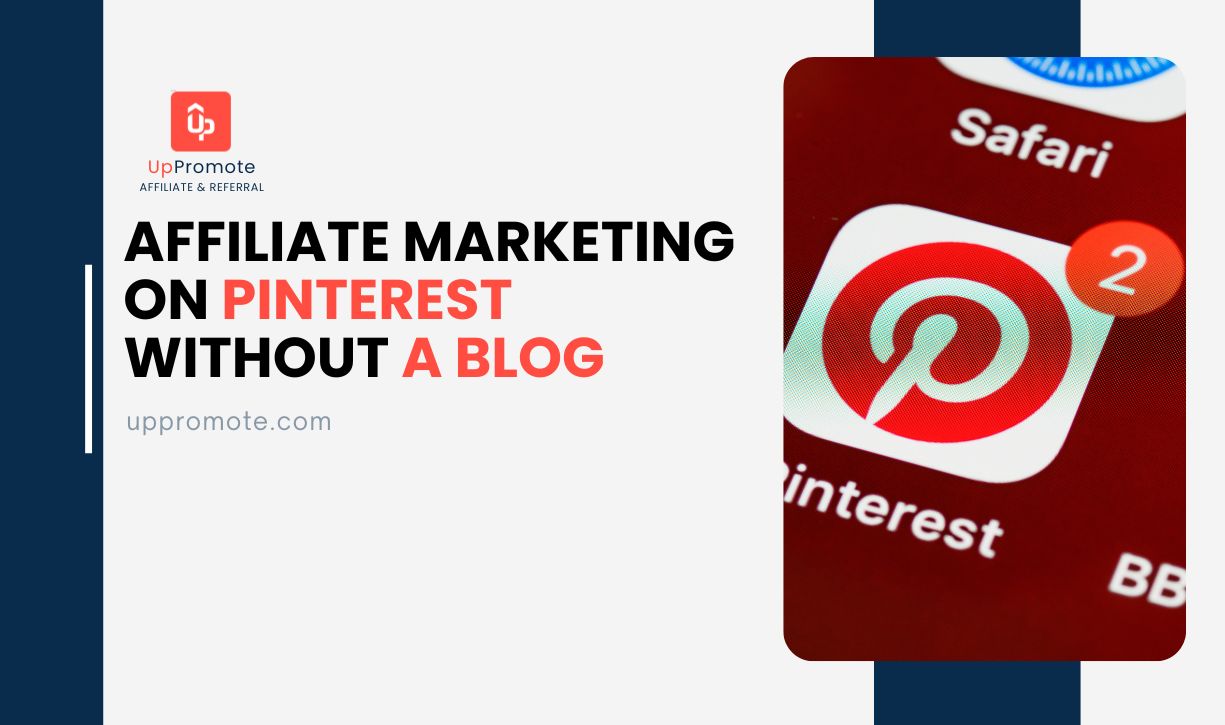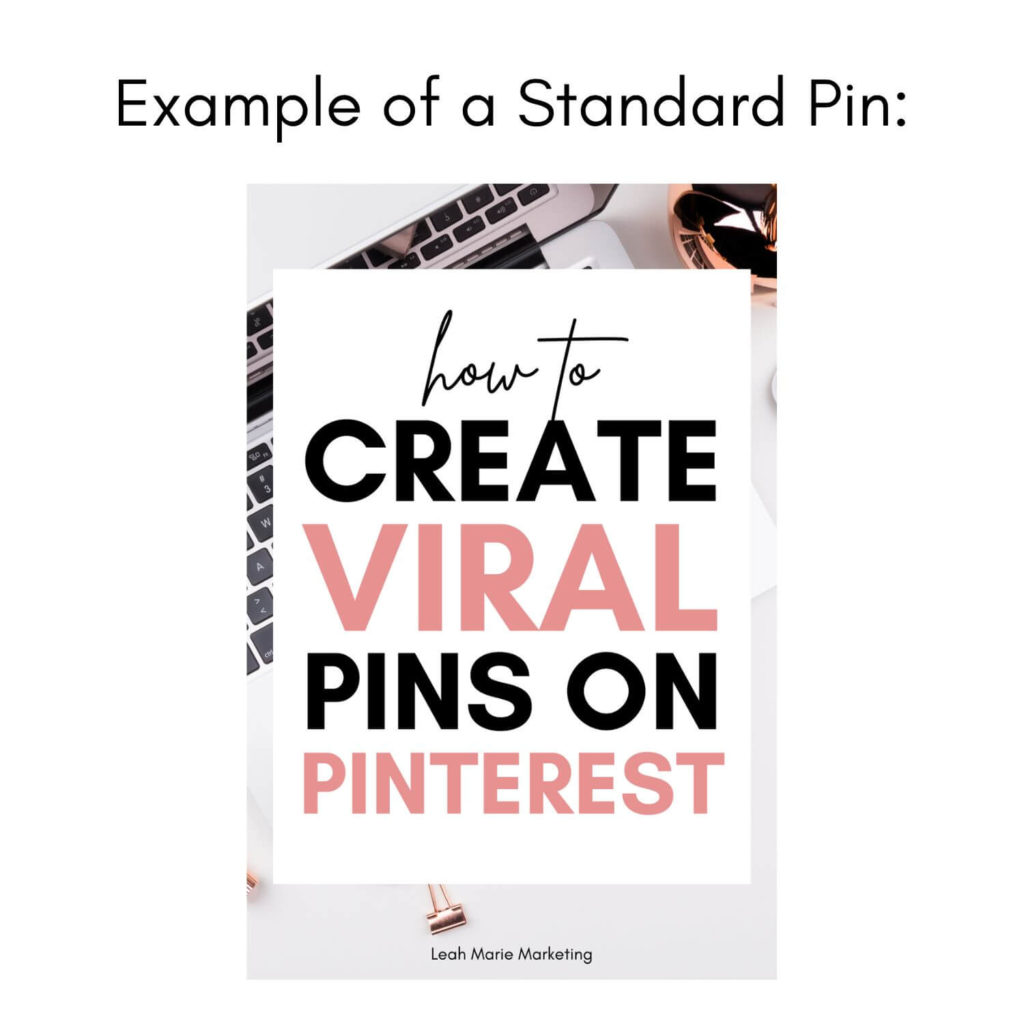Why Pinterest is an Untapped Goldmine for Affiliate Marketing
Pinterest has become a go-to platform for users seeking inspiration and ideas for various aspects of their lives, from fashion and beauty to home decor and travel. With over 320 million active users, Pinterest offers a vast and engaged audience for affiliate marketers to tap into. One of the unique features of Pinterest is its visual-centric approach, which makes it an ideal platform for promoting products through high-quality images and videos. Moreover, Pinterest users are more likely to be in a buying mindset, with 72% of users reporting that Pinterest inspires them to shop offline.
Another advantage of Pinterest is its user demographics, which skew towards women and millennials – two groups that are highly influential in the consumer market. Additionally, Pinterest users tend to have a higher disposable income, making them more likely to make purchases online. By leveraging Pinterest’s unique features and user demographics, affiliate marketers can unlock a goldmine of opportunities for promoting products and earning commissions.
One of the most significant benefits of affiliate marketing on Pinterest is the ability to reach users without the need for a blog. By creating a business account and utilizing Pinterest’s shopping features, affiliate marketers can promote products directly to users without the need for a separate website or blog. This makes Pinterest an attractive option for those who want to get started with affiliate marketing quickly and easily.
Furthermore, Pinterest’s algorithm prioritizes content that is relevant and engaging, making it easier for affiliate marketers to get their content seen by a wider audience. By creating high-quality content that resonates with users, affiliate marketers can increase their visibility and drive more traffic to their affiliate links. With the right strategy and approach, affiliate marketing on Pinterest can be a lucrative way to earn commissions and grow a business.
Getting Started with Affiliate Marketing on Pinterest
To get started with affiliate marketing on Pinterest, it’s essential to create a business account. This will give you access to Pinterest’s analytics tools and allow you to utilize the platform’s shopping features. To create a business account, go to Pinterest’s website and click on “Create a business account.” Fill out the required information, including your business name, email address, and password.
Once you have created your business account, you’ll need to set up your affiliate links. This involves partnering with affiliate programs that offer products relevant to your niche. Some popular affiliate programs for Pinterest include Amazon Associates, ShareASale, and Commission Junction. When selecting an affiliate program, make sure to read and understand the terms and conditions, including the commission rates and cookie durations.
It’s also crucial to understand Pinterest’s guidelines and policies for affiliate marketing. Pinterest requires affiliate marketers to disclose their affiliation with the product provider clearly. This can be done by including a hashtag such as #affiliate or #ad in your Pinterest description. Additionally, Pinterest prohibits affiliate marketers from using misleading or deceptive tactics to promote products.
To set up affiliate links on Pinterest, you’ll need to use a URL shortener or a link cloaker. This will help you to track your affiliate links and earn commissions. Some popular URL shorteners for affiliate marketing include Bit.ly and Rebrandly. When creating your affiliate links, make sure to include a clear and concise description of the product, including its features and benefits.
Finally, it’s essential to optimize your Pinterest profile for affiliate marketing. This includes adding a profile picture, cover image, and bio that clearly states your affiliation with the product provider. You should also make sure to pin high-quality images and videos that showcase the products you’re promoting.
By following these steps, you can get started with affiliate marketing on Pinterest without a blog. Remember to always follow Pinterest’s guidelines and policies, and to disclose your affiliation with the product provider clearly. With the right strategy and approach, affiliate marketing on Pinterest can be a lucrative way to earn commissions and grow your business.
How to Choose Profitable Affiliate Programs for Pinterest
When it comes to affiliate marketing on Pinterest, choosing the right affiliate programs is crucial for success. With so many programs available, it can be overwhelming to decide which ones to join. To increase your chances of success, it’s essential to research and select programs that are well-suited for Pinterest and align with your niche.
One of the first steps in selecting a profitable affiliate program is to research the products they offer. Look for programs that offer high-quality products that are relevant to your niche and appeal to your target audience. You can use tools like Amazon Best Sellers or Google Trends to find popular products in your niche.
Another critical factor to consider is the commission rate offered by the program. Look for programs that offer competitive commission rates, typically ranging from 5% to 20%. Some programs may also offer additional incentives, such as bonuses or rewards for high-performing affiliates.
In addition to commission rates, it’s essential to consider the program’s reputation and tracking capabilities. Look for programs that have a good reputation among affiliates and offer reliable tracking and reporting tools. This will help you to monitor your performance and optimize your campaigns for better results.
Some popular affiliate programs for Pinterest include Amazon Associates, ShareASale, and Commission Junction. These programs offer a wide range of products and competitive commission rates, making them a great starting point for affiliate marketers.
When selecting an affiliate program, it’s also essential to consider the program’s cookie duration. This refers to the length of time that the program tracks referrals from your unique affiliate link. Look for programs with longer cookie durations, typically ranging from 30 days to several years.
Finally, it’s crucial to read and understand the program’s terms and conditions before joining. This will help you to avoid any potential pitfalls or surprises down the line. By carefully selecting a profitable affiliate program, you can increase your chances of success with affiliate marketing on Pinterest without a blog.
Creating Engaging Pinterest Content that Drives Sales
Creating high-quality, engaging content is crucial for driving sales and success with affiliate marketing on Pinterest. To create content that resonates with users, it’s essential to understand what types of content perform well on the platform. Pinterest users are highly visual, so using eye-catching images and videos is vital for grabbing their attention.
When creating content for Pinterest, consider using high-quality images that are relevant to your niche and products. Use good lighting, and make sure the images are well-composed and visually appealing. You can also use videos to showcase products and provide more in-depth information to users.
In addition to using high-quality images and videos, it’s essential to write compelling descriptions that provide value to users. Use keywords and hashtags to help your content get discovered, and make sure to include a clear call-to-action (CTA) that encourages users to click on your affiliate link.
Hashtags are also a crucial component of creating engaging content on Pinterest. Use relevant hashtags to help your content get discovered, and make sure to include a mix of niche-specific hashtags and broader, more general hashtags. This will help you to reach a wider audience and increase your chances of success with affiliate marketing on Pinterest.
Another effective way to create engaging content on Pinterest is to leverage user-generated content (UGC). Encourage your followers to share photos or videos of them using your products, and re-pin or feature them on your own boards. This will help to create a sense of community and social proof, which can increase trust and drive sales.
Finally, consider using Pinterest’s shopping features to create engaging content that drives sales. Pinterest’s shopping features allow you to tag products directly in your images and videos, making it easy for users to purchase from your affiliate link. This can help to increase conversions and drive sales, making it an essential component of any affiliate marketing strategy on Pinterest.
Utilizing Pinterest Groups and Collaborations for Affiliate Marketing
Pinterest groups and collaborations can be a powerful way to increase your reach and engagement on the platform, and ultimately drive more sales and revenue through affiliate marketing. By participating in relevant groups and collaborating with other users, you can tap into existing audiences and build relationships with potential partners.
To find relevant groups on Pinterest, use the search bar to look for keywords related to your niche or products. You can also use the “Groups” tab on Pinterest to browse through existing groups and find ones that align with your interests. Once you’ve found a group that you’re interested in, request to join and start engaging with other members by commenting, liking, and repining their content.
Collaborating with other users on Pinterest can also be a great way to increase your reach and engagement. Look for users who have a similar niche or target audience, and reach out to them to collaborate on content or promotions. You can also use Pinterest’s “Collaboration” feature to co-create content with other users and reach a wider audience.
When collaborating with other users on Pinterest, it’s essential to build relationships and establish trust. Engage with their content, comment on their pins, and show genuine interest in their work. This will help to build a strong foundation for your collaboration and increase the chances of success.
Another benefit of participating in Pinterest groups and collaborations is the opportunity to build relationships with potential partners. By engaging with other users and building trust, you can establish partnerships that can help to drive more sales and revenue through affiliate marketing. Look for users who have a similar niche or target audience, and reach out to them to discuss potential partnership opportunities.
Finally, make sure to track the performance of your Pinterest groups and collaborations using analytics tools. This will help you to understand what’s working and what’s not, and make data-driven decisions to optimize your strategy and increase your results.
Measuring and Optimizing Your Affiliate Marketing Performance on Pinterest
To succeed with affiliate marketing on Pinterest, it’s essential to track and measure the performance of your efforts. This will help you to understand what’s working and what’s not, and make data-driven decisions to optimize your strategy and increase your results.
One of the most effective ways to track and measure your affiliate marketing performance on Pinterest is to use analytics tools. Pinterest provides a range of analytics tools that can help you to track your performance, including Pinterest Analytics and Pinterest Insights. These tools provide detailed information on your account’s performance, including metrics such as impressions, clicks, and conversions.
In addition to using analytics tools, it’s also essential to monitor your click-through rates (CTRs) and conversion rates. CTRs measure the percentage of users who click on your affiliate links, while conversion rates measure the percentage of users who make a purchase after clicking on your affiliate links. By monitoring these metrics, you can identify areas for improvement and optimize your strategy to increase your results.
Another effective way to optimize your affiliate marketing performance on Pinterest is to use A/B testing. A/B testing involves creating multiple versions of your content and testing them against each other to see which one performs better. This can help you to identify the most effective images, descriptions, and keywords for your affiliate marketing campaigns.
Finally, make sure to adjust your strategies accordingly based on your analytics data. If you notice that a particular type of content is performing well, try to create more of that type of content. If you notice that a particular keyword is driving a lot of traffic, try to incorporate that keyword into more of your content.
By tracking and measuring your affiliate marketing performance on Pinterest, you can optimize your strategy and increase your results. Remember to use analytics tools, monitor your CTRs and conversion rates, use A/B testing, and adjust your strategies accordingly. With the right approach, you can succeed with affiliate marketing on Pinterest and drive more sales and revenue for your business.
Common Mistakes to Avoid in Affiliate Marketing on Pinterest
While affiliate marketing on Pinterest can be a lucrative way to earn commissions, there are several common mistakes that affiliate marketers make on the platform. By avoiding these mistakes, you can increase your chances of success and build a successful affiliate marketing business on Pinterest.
One of the most common mistakes that affiliate marketers make on Pinterest is spamming. Spamming involves posting low-quality or irrelevant content that is designed to manipulate users into clicking on affiliate links. This can lead to account suspension and damage to your reputation. To avoid spamming, focus on creating high-quality, engaging content that provides value to users.
Another common mistake that affiliate marketers make on Pinterest is failing to comply with the platform’s guidelines and policies. Pinterest has strict guidelines and policies in place to ensure that affiliate marketers are transparent and honest with users. To avoid account suspension, make sure to read and understand Pinterest’s guidelines and policies, and comply with them at all times.
Transparency is also essential when it comes to affiliate marketing on Pinterest. Users need to know that you are promoting products as an affiliate marketer, and that you are earning commissions from sales. To maintain transparency, make sure to disclose your affiliation with the product provider clearly, and provide users with accurate and honest information about the products you are promoting.
Finally, failing to track and measure performance is another common mistake that affiliate marketers make on Pinterest. By tracking and measuring your performance, you can identify areas for improvement and optimize your strategy to increase your results. Use analytics tools to track your performance, and adjust your strategy accordingly.
By avoiding these common mistakes, you can increase your chances of success with affiliate marketing on Pinterest and build a successful affiliate marketing business. Remember to focus on creating high-quality content, comply with Pinterest’s guidelines and policies, maintain transparency with users, and track and measure your performance.
Scaling Your Affiliate Marketing Business on Pinterest
To scale an affiliate marketing business on Pinterest, it’s essential to focus on increasing reach and engagement. One effective way to achieve this is by leveraging user-generated content (UGC). Encourage users to share photos or videos of them using the products you’re promoting by offering incentives, such as discounts or freebies. This will not only create social proof but also provide valuable content that can be repurposed across your Pinterest boards.
Another strategy is to explore new features and tools on Pinterest, such as Shopping Ads, Carousels, and Story Pins. These features can help increase visibility, drive traffic, and boost sales. For instance, Shopping Ads allow you to tag products directly in your ads, making it easy for users to purchase from your affiliate links. Carousels enable you to showcase multiple products in a single ad, increasing the chances of users finding something they like.
Collaborating with influencers and other affiliate marketers on Pinterest can also help scale your business. Look for influencers who have a genuine interest in the products you’re promoting and have an engaged audience. Partner with them to create sponsored content, product reviews, or tutorials that showcase the products in a compelling way. This can help tap into their audience and increase your reach.
Additionally, consider running contests or giveaways on Pinterest to generate buzz and drive engagement. This can be done by asking users to follow your boards, like a specific pin, or share a post with their friends. The prize can be a product from one of your affiliate programs or a gift card to a popular online store.
Finally, to scale your affiliate marketing business on Pinterest without a blog, focus on creating high-quality, engaging content that resonates with your audience. Use eye-catching images, write compelling descriptions, and leverage hashtags and keywords to increase visibility. By implementing these strategies, you can increase your reach, drive more sales, and scale your affiliate marketing business on Pinterest.








